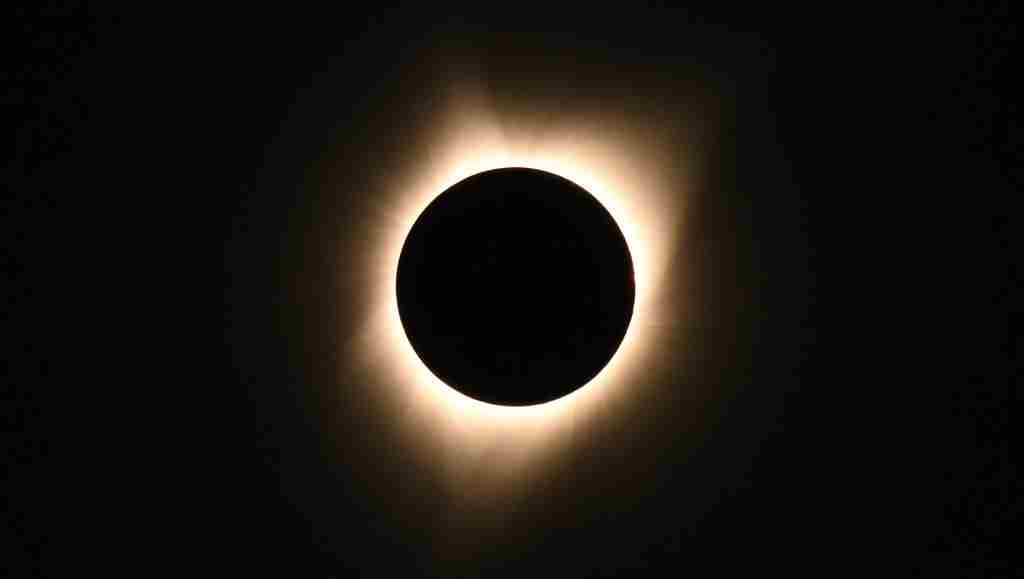Discussion on Unifying The Dates of the Feasts (8)

Let us continue discussing the different types of calendars:
2. Lunar calendar was used by ancient peoples because it was easy to calculate. Therefore, we find that Jewish, Arab and Persian calendars are lunar calendars, but it doesn’t correspond to the seasons. and the year in this calendar is short. For example, sometimes we find that the month of "Ramadan" presents in winter and after a few years it presents in the summer.
3. The stellar calendar was used by the ancient Egyptians. This calendar depends on the emergence of flare star (Sirius) to the east in a certain period of time and disappears when the sun shines (or as it burns as a candle goes out), so-called "Sunrise fading of the star." This occurs when the earth in a particular position in its orbit around the Sun and in particular timing of the year. We note that this Calendar is also linked to the sun. The ancient Egyptians defined the beginning of the year by seeing this star shining. There were only 365 days in this calendar, but was considered an accurate calendar to some extent but after thousands of years later, and in the reign of Ptolemy, about 280 years BC it was still being used. However, Egyptian astronomers discovered that there is a significant change in climate at the beginning of the year, so they recalculated their calendar to be 365 days and six hours. It is the same in the Coptic calendar till now.
4. The solar calendar is the most modern and accurate: the year is calculated in accordance with the rotation of the earth planet in its oblique axis around the sun, and this results in the occurrence of the four seasons of the year and the associated climate change. The year was first determined to be 365 days and six hours as in the Coptic calendar, but when the modern methods were able to precisely determine the location of Earth on its orbit around the Sun, scientists showed that the earth completes its rotation around the sun in a shorter period than the 365 days and six hours as previously calculated, it actually completes its rotation in 365 days, five hours, 48 minutes and 46 seconds only. Therefore, the solar calendar (which was known as the Julian calendar) was adjusted in the year 1582 AD, and since that time called the Gregorian calendar, or the modern calendar.
5. What is needed now is to adjust the Coptic Calendar permanently to comply with the modern solar calendar, as the Coptic calendar depends on just seeing distant star in a certain period of the year while the modern solar calendar (Gregorian) accurately reflects the position of the earth in relation to the sun. So as long as Earth belongs to the solar system then it makes sense to calculate the year according to the solar calendar and not according to the relationship with any other star.
- Thank you for this detailed explanation, but what do you say about the passing of the sun over the face of Ramses II in particular timing every year in February and October? Isn’t that an evidence of the Coptic calendar accuracy?!
(To be continued)